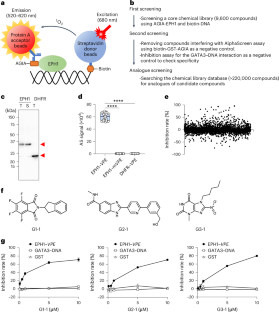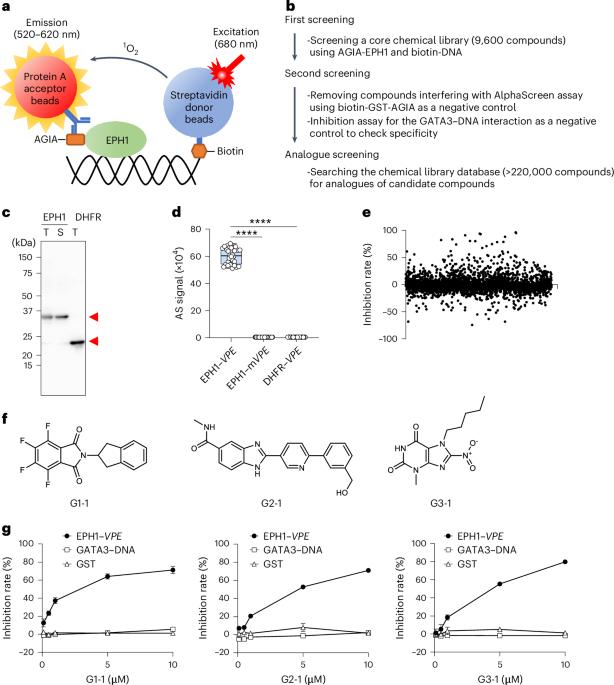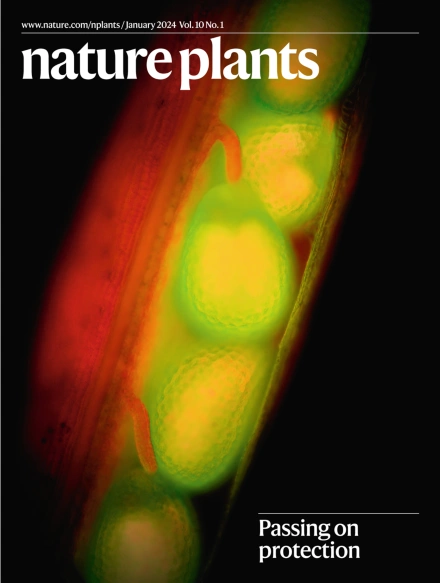通过抑制衰老主调节因子 EPHEMERAL1 延长日本牵牛花花期的化学方法
IF 15.8
1区 生物学
Q1 PLANT SCIENCES
引用次数: 0
摘要
开花植物的花瓣衰老是一种程序性细胞死亡,其发生和发展受到高度调控。一种 NAM/ATAF1,2/CUC2 转录因子 EPHEMERAL1(EPH1)已被确定为日本牵牛花(Ipomoea nil)花瓣衰老的关键调节因子。在这里,我们采用了一种新的化学方法,通过抑制 EPH1 的 DNA 结合活性来延缓日本牵牛花的花瓣衰老。通过无细胞高通量筛选系统和随后的生物测定,我们发现了两种基于四氟邻苯二甲酰亚胺的化合物 Everlastin1 和 Everlastin2,它们能抑制 EPH1 与 DNA 的相互作用并延缓花瓣衰老。其抑制机制是由于抑制了 EPH1 的二聚化。RNA 序列分析表明,化学处理强烈抑制了程序性细胞死亡和自噬相关基因的表达。这些结果表明,针对转录因子的化学方法可以调节花瓣的衰老。本文章由计算机程序翻译,如有差异,请以英文原文为准。


A chemical approach to extend flower longevity of Japanese morning glory via inhibition of master senescence regulator EPHEMERAL1
Petal senescence in flowering plants is a type of programmed cell death with highly regulated onset and progression. A NAM/ATAF1,2/CUC2 transcription factor, EPHEMERAL1 (EPH1), has been identified as a key regulator of petal senescence in Japanese morning glory (Ipomoea nil). Here we used a novel chemical approach to delay petal senescence in Japanese morning glory by inhibiting the DNA-binding activity of EPH1. A cell-free high-throughput screening system and subsequent bioassays found two tetrafluorophthalimide-based compounds, Everlastin1 and Everlastin2, that inhibited the EPH1–DNA interaction and delayed petal senescence. The inhibitory mechanism was due to the suppression of EPH1 dimerization. RNA-sequencing analysis revealed that the chemical treatment strongly suppressed the expression of programmed cell death- and autophagy-related genes. These results suggest that a chemical approach targeting a transcription factor can regulate petal senescence. Transcription factors are regarded as desirable targets for drug discovery. Here novel chemical compounds that delay flower petal aging were identified by a cell-free high-throughput screening system targeting EPHEMERAL1, a NAC transcription factor.
求助全文
通过发布文献求助,成功后即可免费获取论文全文。
去求助
来源期刊

Nature Plants
PLANT SCIENCES-
CiteScore
25.30
自引率
2.20%
发文量
196
期刊介绍:
Nature Plants is an online-only, monthly journal publishing the best research on plants — from their evolution, development, metabolism and environmental interactions to their societal significance.
 求助内容:
求助内容: 应助结果提醒方式:
应助结果提醒方式:


